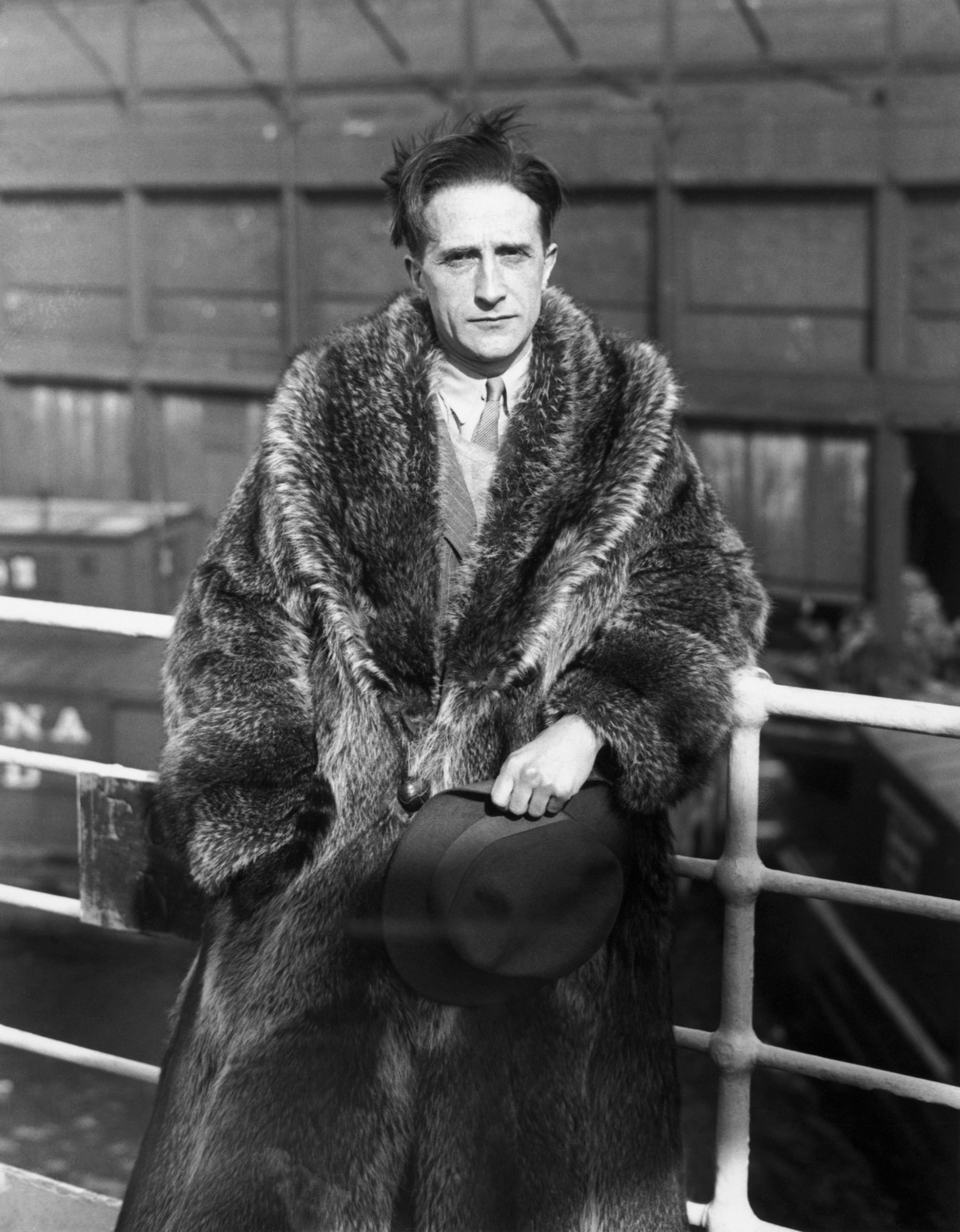
What’s the deal with Leonardo’s harpsichord-viola? Why were Impressionists obsessed with the color purple? Art Bites brings you a surprising fact, lesser-known anecdote, or curious event from art history. These delightful nuggets shed light on the lives of famed artists and decode their practices, while adding new layers of intrigue to celebrated masterpieces.
The feminine mystique has been the muse of choice for many male artists, but Marcel Duchamp found it within himself. The French painter might be known for his Cubist brush strokes and readymades, but in front of the lens, his resemblance inched closer to the Mona Lisa.
Duchamp’s artistic legacy is rooted in Dada, an early 20th-century movement that questioned assumptions of what art should be. “I force myself to contradict myself in order to avoid conforming to my own taste,” he once said. That sense of humor and subversion would lead Duchamp to conjure one of his finest creations, an alter-ego he dubbed Rrose Sélavy, in the 1920s. Her name was cheeky take on the French phrase “Eros, c’est la vie“—meaning “Eros [or love/sex], that’s life.”
Duchamp’s photographer friend Man Ray would help capture the likeness and aura of Rrose Sélavy in a series of images. In one glamour shot, Sélavy is portrayed with rouged lips and thick eyeshadow, a fur stole held close to his neck with ringed fingers, but in another, also as an androgynous figure, with a feathered hat framing a resolute face. They’re all of a part of Duchamp’s playful unpacking of identity, joining other photographs the artist produced that depicted himself as a criminal, in multiples, or, bizarrely, with a star-shaped tonsure.
Marcel Duchamp as Rrose Sélavy, photographed by Man Ray. Photo: Bettmann / Contributor.
To Duchamp, gender was no less of a malleable part of self-representation. Only the year before, he drew a mustache and goatee on a cheap postcard of the Mona Lisa. The appropriative work was titled L.H.O.O.Q., a gramogram which, when read in French, sounds like “elle a chaud au cul” or “there is fire down below.”
With Sélavy, Duchamp went as far as to attribute a number of works to her, including the 1926 short, Anemic Cinema, created with Man Ray and Marc Allégret, and the readymade Boîte-en-valise (1935–41). He also paid tribute to his female persona with his other readymades, affixing her image to the perfume bottle of Belle Haleine, Eau de Voilette (1921), and hinting at her presence in Why Not Sneeze Rrose Sélavy? (1921), which features a bird cage crammed with white marble forms that represent sugar cubes. “It is a readymade in which the sugar is changed to marble,” Duchamp said of the latter work. “It is sort of a mythological effect.”
Works by artist Marcel Duchamp on view at the Levine residence in Washington, D.C., 2011, including L.H.O.O.Q. (1964) at bottom-left and Why Not Sneeze Rose Selavy? (1964) and at bottom-right. Photo: Ricky Carioti/The Washington Post via Getty Images.
That myth-making proved potent. In 1922, Surrealist poet Robert Desnos followed Duchamp’s lead by penning about 200 sayings, puns, and lipograms from the perspective of Sélavy. His blend of reality and illusion imagined the fictional woman as an almost divine figure, in lines such as: “Rrose Sélavy maintains that the honey of her brain is a wonder that sours the spleen of heaven” (aphorism 59) and “Rrose Sélavy on her trapeze appeases the goddesses’ miseries” (aphorism 102). For his 13th aphorism, Desnos offered: “Rrose Sélavy knows ‘the salt merchant’ well.” In French, “marchand du sel,” or salt merchant, is a phonetic anagram of Duchamp’s name.
Suitably inspired, Duchamp would compile his own series of Sélavy-themed aphorisms in 1939, in a limited-edition book titled Poils et coups de pieds en tous genres (Hair and Kicks of All Kinds). It was, of course, credited to Rrose Sélavy.